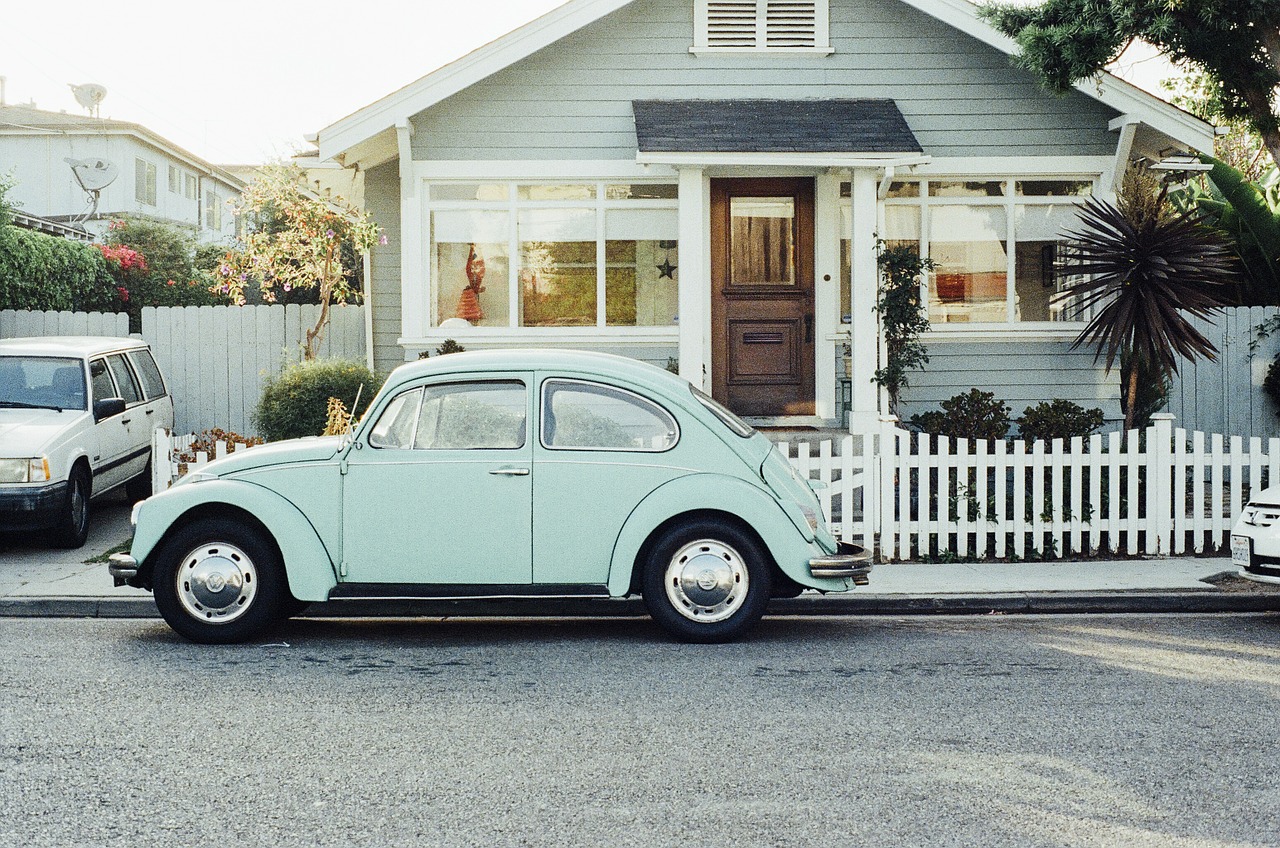
Secrets of Packing and Transporting Things to Organize a Quality Move
Professionalism in any field is the optimal combination of theoretical knowledge and practical skills. But a true master is still distinguished by the ability and desire to share their professional secrets.
Moving is not easy for everyone who has relocated or assisted friends or coworkers at least once in their lives. Furthermore, because there are specialized organizations that provide moving services and efficient moving labor, an increasing number of consumers are learning every day. But, because not everyone has the means or desire to hire specialists, we’re delighted to provide some tips that we believe will be beneficial and make your move much easier.
Transportation of Furniture
Do not push the cabinet on the parquet or other flooring, otherwise, traces and scratches will remain on the floor. But what if it is simply impossible to raise it?
We advise you to try folk methods:
- put plastic or vinyl covers under the legs;
- lubricate the legs with paraffin;
- put a damp cloth;
- put a peel of lard.
You have probably noticed more than once the apparent ease with which loaders carry bags of cement or sugar on their backs. It’s not about their physical strength, but the technique of lifting loads and the ability to use special auxiliary devices. When moving home, you can also use this knowledge, which will greatly facilitate the transportation of heavy furniture or large appliances.
The washing machine can be moved using a fiberboard. It is enough to put the sheet under the typewriter, and you can “pull” it onto the floor.
To lift a heavy cabinet, you can use conventional car tow-ropes. Thanks to this simple device, raising a case to 2-4 cm is possible.
Packing Things
Before you start packing, you should prepare the packing material. It can be purchased or rented (in the case of boxes). You can also use what you have on hand, but it is still better to use a special material to guarantee the integrity of the cargo.
As a package, you can also buy large, sturdy bags that you can find in any hardware store. Do not forget about the packing film, scotch tape, and rope. When carrying heavy bulky items, you can even use a car rope, winding it in your hands.
Once the packing material is ready, things need to be sorted. In the process of sorting, you will finally have a unique opportunity to get rid of everything superfluous, broken, and unnecessary. By the way, when moving, there are two ways to get rid of unnecessary things – packaging and unpacking.
Clothes are best transported in large bags. If you plan to unpack immediately after moving – you can pack them as you wish. If the bags will be unpacked for some time, you should first pack clothes that you do not wear. That is, when moving in the summer, we pack winter things first, and vice versa, when moving in the winter – summer things will be at the bottom of bags and boxes. Things that you wear more often and underwear are better to carry in a separate bag.
We pack shoes, bedding, blankets, blankets, and towels on the same principle. We use – means up, do not use – means down. Do not forget to sign bags and boxes, it will allow you to quickly find them in a new room.

Why should You Use the Stretch Film for Moving?
Stretch film is an important attribute of any move and excellent protection of products from dirt, dust, moisture, and various accidental mechanical damage, as well as stretch film perfectly fixes products transported on wooden and plastic pallets. The importance of its technical characteristics, such as those found in quality strapping machines, is difficult to overestimate because it allows you to secure the packaging material, ensure the integrity of the cargo, and, last but not least, provide convenience during transportation.
Dishes
It is better to transport glass and porcelain utensils in boxes. While impact-resistant is better to carry in bags. We recommend stacking the pans (without lids). By the way, in parallel in the pan, you can put such small items as tea or coffee, oatmeal and spices, spoons, forks, and other kitchen trifles. Don’t forget to use newspapers or wrapping paper as a partition. This will avoid chips and scratches on the enamel and will save you from unnecessary crashing.
Plates, saucers, and cups must be wrapped in the newspaper one by one, the same applies to products made of crystal, glass, and other fragile materials.
Books
In old movies, the characters always transported the books, stacking them on top of each other and tying them with a rope. You should not do this (you can damage the cover or lose the book). It is better to transport them in small boxes. They are also suitable for packaging cosmetics, detergents, and other small items.
Household appliances
It is unlikely that you have saved the original packaging from a tape recorder or DVD player. In this case, we recommend choosing boxes of the most appropriate size and transferring the equipment with paper or foam.
You can’t wrap a large appliance, like furniture, in a towel, but you can wrap it in packing film. When transporting monitors and TVs in cars, place them on the screen.
Before transportation, it is desirable to disassemble the furniture into details as much as possible. Although, it can be transported in assembled form, pre-tightly wrapped with film. By the way, do not forget to number the details of the cabinet or table (this will help you in the assembly process).
When transporting things, follow the rules of weight “heavy things from below, light things from above” and not vice versa.
You should take care not only of the cargo but also of yourself and your assistants. Keep glasses and water with you, because, as a rule, thirst bothers you during exercise. And one more piece of advice – do not quarrel. Moving is hard, but if you approach it in a good mood, it can turn into a kind of game.




